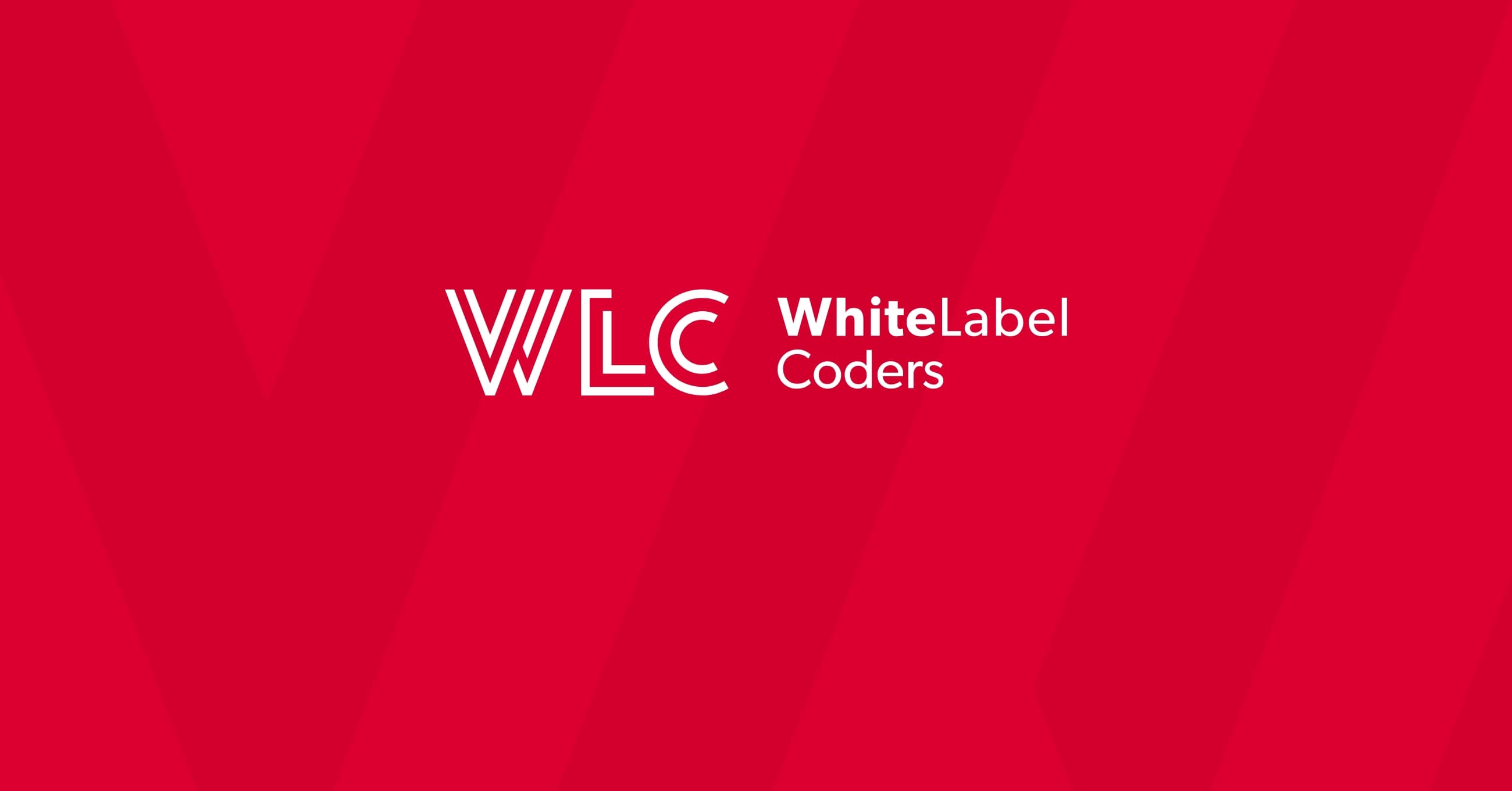Category: SEO AI
Can multiple WordPress sites use the same database?

Yes, multiple WordPress sites can absolutely use the same database through WordPress Multisite networks or by configuring separate installations with different table prefixes. This approach offers both hosting cost savings and simplified management, though it requires careful planning for security and performance considerations.
Understanding WordPress database sharing fundamentals
WordPress database architecture is designed with flexibility in mind, allowing for various configurations to meet different hosting needs. At its core, WordPress stores all content, settings, and user data in a MySQL or MariaDB database using a specific table structure.
There are two primary approaches to sharing database resources between multiple WordPress sites. The WordPress Multisite network creates a unified system where multiple sites share core tables whilst maintaining separate content tables. Alternatively, independent WordPress installations can coexist within the same database by using unique table prefixes to avoid conflicts.
Each approach serves different purposes. Multisite networks excel for managing related sites under unified administration, whilst separate installations with shared databases work well for cost-conscious hosting scenarios where sites remain completely independent.
Can multiple WordPress sites use the same database?
Absolutely, multiple WordPress sites can share the same database effectively. This configuration works through two distinct methods: WordPress Multisite functionality or independent installations using different table prefixes.
WordPress Multisite transforms your installation into a network capable of hosting multiple sites within a single database structure. The system creates shared tables for core functionality whilst maintaining separate tables for each site’s content and settings.
For independent installations, WordPress’s table prefix system allows multiple separate websites to coexist peacefully. Each installation uses a unique prefix (like wp1_, wp2_, site1_) to distinguish its tables from others in the same database.
Both methods are legitimate solutions, though they serve different use cases. The choice depends on whether you need unified management or prefer completely separate site administration.
What is the difference between WordPress Multisite and separate installations sharing a database?
WordPress Multisite creates a unified network where sites share user accounts, plugins, and themes whilst maintaining separate content. It’s designed for managing multiple related sites from a single dashboard.
Separate installations with shared databases remain completely independent. Each site has its own admin area, users, plugins, and themes. They simply happen to store their data in the same database using different table prefixes.
| Feature | WordPress Multisite | Separate Installations |
|---|---|---|
| User Management | Shared across network | Independent per site |
| Plugin Management | Network-wide control | Individual site control |
| Administration | Centralised dashboard | Separate admin areas |
| Customisation | Limited per site | Full independence |
The fundamental difference lies in management philosophy. Multisite suits organisations managing related properties, whilst separate installations work better for independent sites sharing hosting resources.
How do WordPress table prefixes work with multiple sites?
WordPress table prefixes are unique identifiers added to the beginning of each database table name. By default, WordPress uses ‘wp_’ as the prefix, creating tables like wp_posts, wp_users, and wp_options.
When sharing a database between multiple sites, each installation requires a unique prefix to prevent table name conflicts. You might use prefixes like ‘site1_’, ‘blog2_’, or ‘shop3_’ for different installations.
The prefix is configured in the wp-config.php file using this line:
$table_prefix = 'your_unique_prefix_';
This simple configuration ensures that each WordPress installation creates its own set of tables within the shared database. For example, two sites might have ‘site1_posts’ and ‘site2_posts’ tables containing completely separate content.
Remember to include the underscore at the end of your prefix. WordPress automatically appends table names to whatever prefix you specify, so ‘site1_’ becomes ‘site1_posts’, not ‘site1posts’.
What are the benefits and drawbacks of sharing databases between WordPress sites?
Sharing databases between WordPress sites offers several compelling advantages alongside some notable challenges that require careful consideration.
Benefits include:
- Reduced hosting costs by requiring fewer database instances
- Simplified backup procedures covering multiple sites simultaneously
- Easier database maintenance and monitoring
- Streamlined hosting management
- Efficient resource utilisation on shared hosting plans
Drawbacks to consider:
- Security risks if one site becomes compromised
- Performance impacts when multiple sites query simultaneously
- Complex troubleshooting when issues arise
- Potential data conflicts without proper configuration
- Limited scalability for high-traffic sites
The decision ultimately depends on your specific requirements. Small to medium sites with moderate traffic often benefit significantly from shared database configurations, whilst high-traffic or security-sensitive sites typically require dedicated database resources.
How do you set up multiple WordPress sites on the same database?
Setting up multiple WordPress sites on the same database requires careful planning and precise configuration. Here’s the step-by-step process for independent installations:
Before installation:
- Plan unique table prefixes for each site (e.g., site1_, blog2_, shop3_)
- Ensure your hosting provider supports multiple WordPress installations
- Create separate directories for each site’s files
Installation process:
- Download WordPress files to each site’s directory
- Configure wp-config.php for each installation with unique table prefixes
- Use the same database credentials but different prefixes
- Run the WordPress installation process for each site separately
- Verify each installation creates its own table set
For WordPress custom development projects requiring multiple sites, this approach provides excellent flexibility whilst maintaining cost efficiency.
Each site operates independently once configured, allowing for different themes, plugins, and content management approaches based on specific requirements.
What security considerations apply when multiple WordPress sites share a database?
Sharing databases between WordPress sites introduces several security considerations that require proactive management to maintain site integrity and data protection.
Primary security concerns:
- Cross-site contamination if one installation becomes compromised
- Shared database user privileges affecting all sites
- Potential data exposure through improper table prefix configuration
- Increased attack surface with multiple entry points
Essential security practices:
- Implement strong, unique passwords for all WordPress installations
- Keep all sites updated with latest WordPress versions and security patches
- Use security plugins on each installation independently
- Monitor database access logs for suspicious activity
- Regular security audits across all installations
- Implement proper file permissions and access controls
Consider creating separate database users with limited privileges for each installation when possible. This approach provides additional isolation even within a shared database environment.
Regular backups become even more critical in shared database scenarios, as issues affecting one site could potentially impact others.
Key takeaways for WordPress database sharing strategies
Successfully implementing shared database configurations requires balancing cost efficiency with performance and security considerations. The approach you choose should align with your specific use case and technical requirements.
Choose WordPress Multisite when:
- Managing related sites under unified administration
- Sharing users, plugins, or themes across sites
- Requiring centralised management capabilities
Opt for separate installations when:
- Sites need complete independence
- Different clients or projects require isolation
- Varying security or performance requirements exist
Professional development practices emphasise careful planning, regular monitoring, and proactive maintenance regardless of the chosen approach. For complex implementations involving custom WordPress website development, consider consulting with experienced developers who understand the nuances of database architecture and optimisation.
Remember that whilst shared database configurations offer immediate cost benefits, they may require migration to dedicated databases as your sites grow and traffic increases. Planning for this potential evolution ensures smooth scaling when needed.

